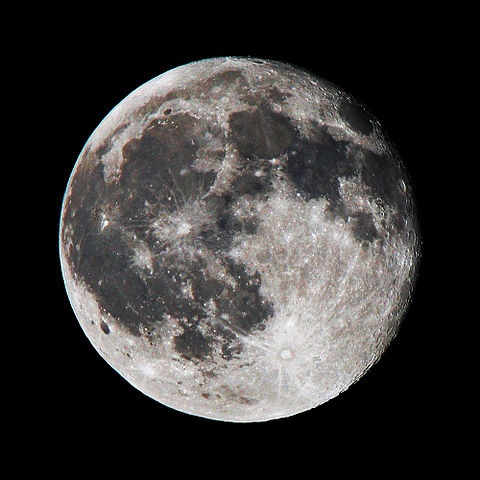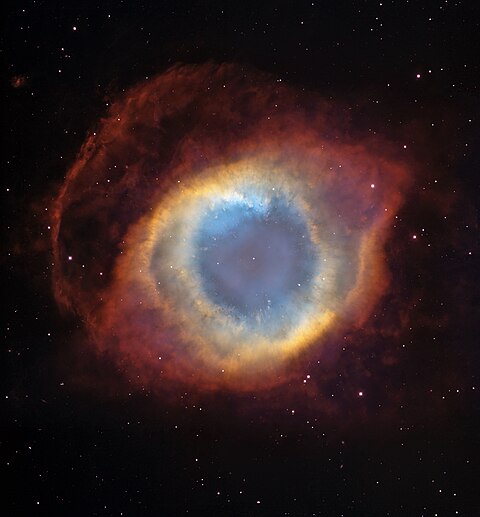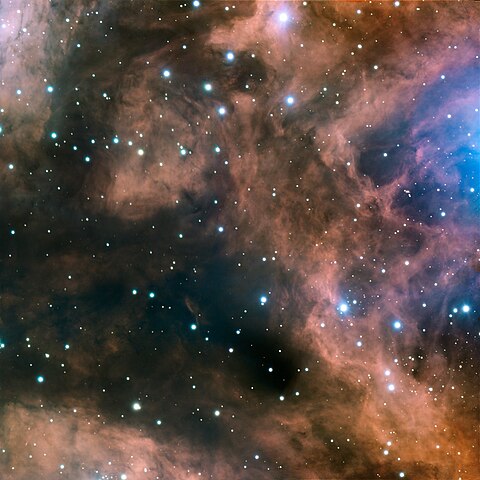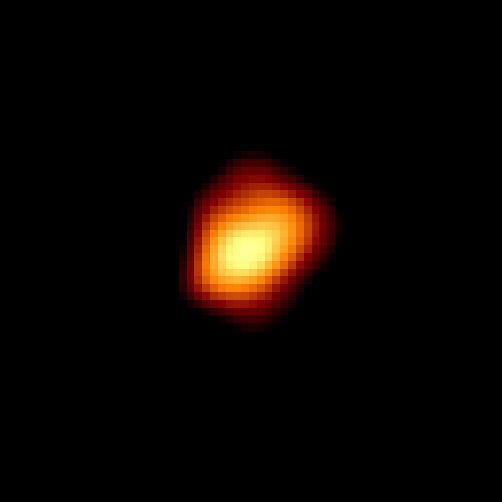We just learned about Lunar Soil.
A while back we learned how lava tubes on earth are tunnels underground formed by lava channels.
There are also lava tubes on the moon!
Scientists think they could make great places for astronauts to live if we ever have people stay on the moon.

(from: wikipedia - lunar lava tube)
Kid Facts - Blast from the past: Apollo 11 Moon Landing















